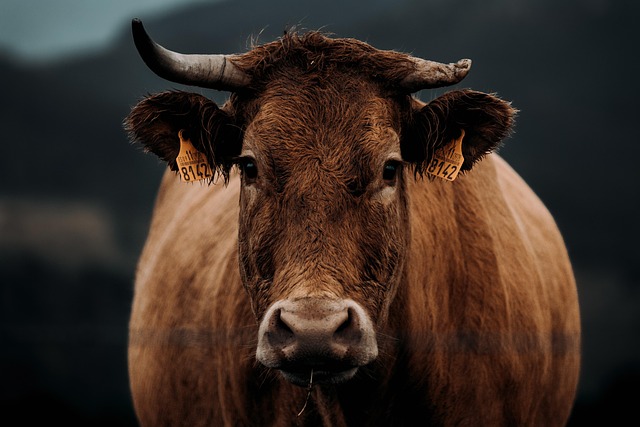The Impact of Climate Change on Animal Husbandry
The world of animal husbandry is intertwined with the environment in a delicate balance. As the planet warms, the effects of climate change are increasingly evident, forcing those involved in animal husbandry to rethink their practices and adapt to new realities. This blog will explore the profound implications that climate change has on livestock farming and its broader environmental impact.
Climate change leads to unpredictable and extreme weather patterns, which can devastate agricultural landscapes. Heatwaves, droughts, and floods not only threaten crop production but also pose significant challenges for animal welfare. Livestock, which is sensitive to temperature changes, may experience heat stress, leading to decreased productivity, lower reproductive rates, and higher mortality rates. These conditions create increased pressure on farmers, who must find ways to protect their animals while ensuring the economic viability of their operations.
Moreover, the rising temperatures can influence the availability of potable water for animals. Water scarcity is a growing concern, as prolonged dry spells can dry up sources necessary for livestock hydration. Farmers are compelled to seek alternative sourcing methods, which often come at a higher cost and complicate existing farming practices.
The quality of pasture and forage is also affected by climate change. Shifting precipitation patterns can lead to changes in plant growth, which can either enhance or diminish the nutrition available for grazing animals. Unpredictable weather can result in decreased growth of essential feeds, pushing farmers to increase their reliance on purchased feeds—an approach that can significantly increase the carbon footprint of animal husbandry practices.
Additionally, the use of fertilizers and pesticides—common in modern agriculture—can harm the environment and exacerbate the impacts of climate change. Runoff from these chemicals can contaminate water sources, creating a toxic environment for both livestock and wildlife. This creates a cycle where sustainable practices are hindered, further aggravating the effect that animal husbandry has on the planet.
As animal husbandry deals with the repercussions of climate change, the industry faces an urgent need to align with sustainable practices. Ranchers and farmers are beginning to explore regenerative agricultural methods, which focus on soil health and biodiversity, aiming to create a more resilient farming ecosystem. By integrating practices such as rotational grazing, cover cropping, and agroforestry, the environmental impact can be mitigated, fostering a symbiotic relationship between livestock and the ecosystem.
Another vital aspect to consider is the role of technology. Advances in agricultural technology and data analytics can aid farmers in making informed decisions that reduce their emissions. Precision farming techniques can enhance efficiency, ensuring that resources are used wisely while minimizing waste.
The global community is becoming increasingly aware of the environmental impact of animal husbandry within the context of climate change. As consumers demand more sustainable products, farmers are recognizing the need for transparent and eco-friendly practices. The shift toward sustainable animal husbandry not only benefits the environment but also has the potential to rejuvenate local communities by supporting resilient agricultural systems.
In summary, the environmental impact of climate change on animal husbandry is profound and far-reaching. As farmers and ranchers rise to meet the challenges posed by our warming world, innovative and sustainable practices will become paramount. This transformation not only serves the animals but our planet, ensuring a healthier future for generations to come.




